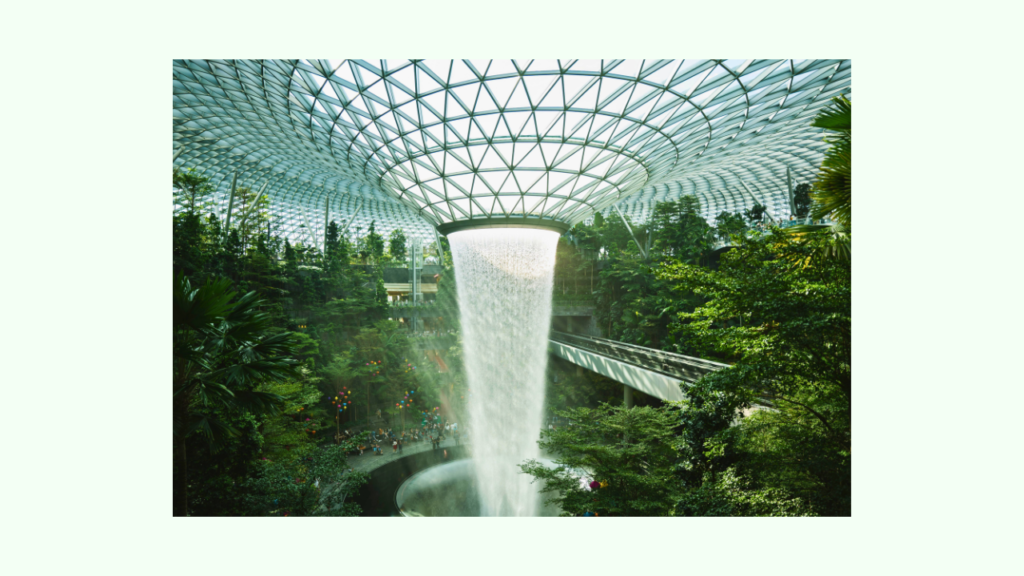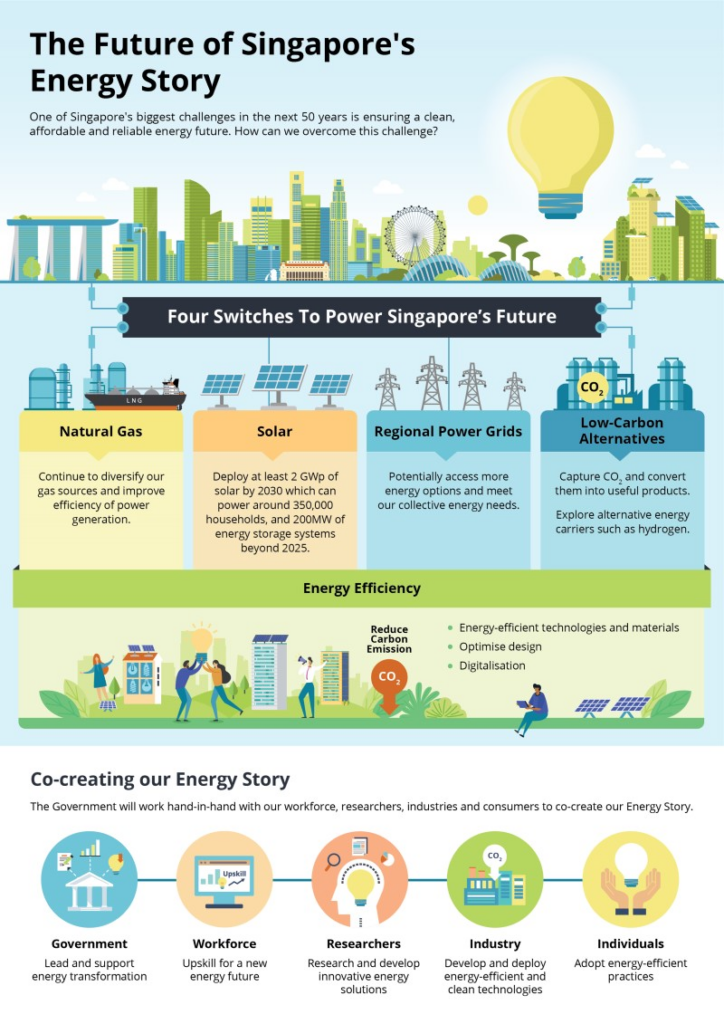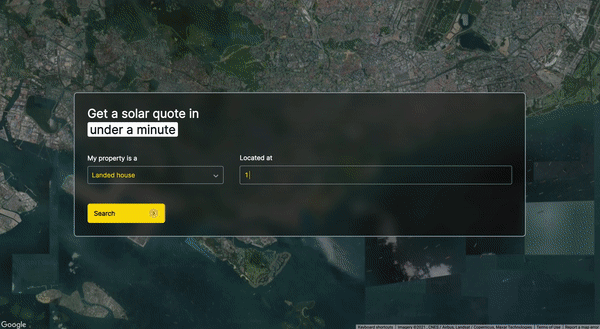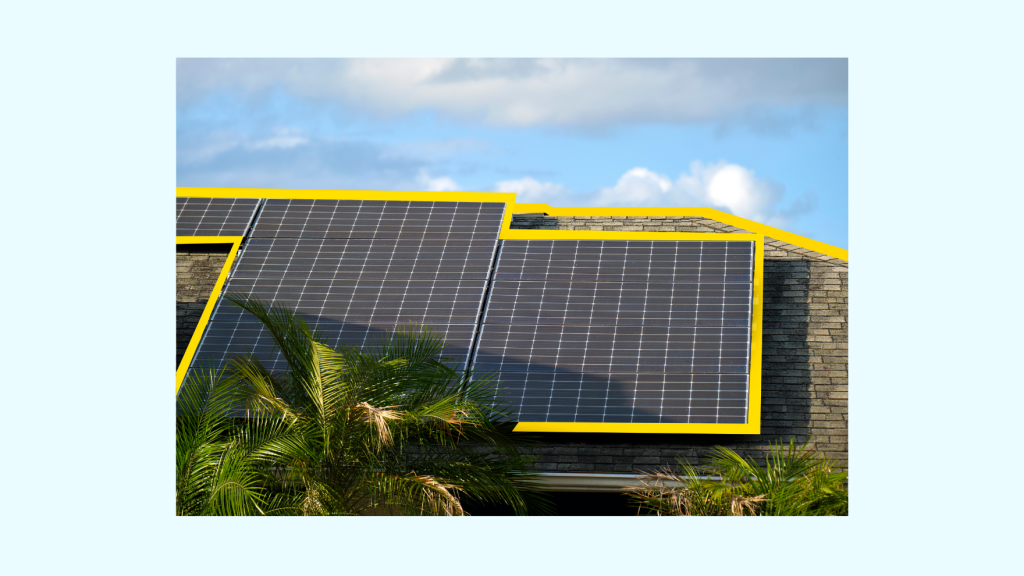Climate change is a real problem. Because of this, it’s crucial for Singapore to continue improving its method of energy production and usage — especially with our expected energy consumption rise. Singapore has made substantial steps towards a greener future. Let’s explore the continuation of the “Singapore Energy Story” and its solar plan.
The Future of Singapore’s Energy Story
At the 2019 Singapore International Energy Week (SIEW), Minister for Trade and Industry (MTI), Mr Chan Chun Sing, coined the term “Singapore Energy Story”. The “Singapore Energy Story” consists of 4 “switches”: Natural Gas, Solar, Regional Power Grids and Emerging Low-Carbon Alternatives. These “switches” are Singapore’s blueprint for our transition towards a more sustainable future.
Switch 1: Natural Gas
Natural gas is an abundant and versatile hydrocarbon, making it the cleanest form of fossil fuel available today. It produces half of the carbon dioxide levels and a tenth of air pollutants compared to coal when generating electricity.
In Singapore, approximately 95% of our electricity is produced using natural gas. Among countries who also utilise natural gas for electricity generation, Singapore currently ranks the highest in terms of percentage of natural gas in our fuel mix. With the increasing global demand for natural gas, Singapore will continue to rely on natural gas as the primary fuel for our energy supply and support production of clean energy, especially with the possible expansion of the energy market.
However, the carbon impact of using natural gas is still significant. In a bit to reduce emissions, the Energy Market Authority (EMA) launched the Genco Energy Efficiency Grant Call in 2018 to encourage the power generation companies (gencos) in Singapore to use clean resources. This grant call creates competitiveness between gencos to invest in energy efficient resources and to further improve the quality of our energy generation.
Switch 2: Solar
Solar energy contributes significantly to Singapore’s energy security as it generates zero emissions and is the most progressive form of renewable energy. As Singapore does not have any natural resources, we depend solely on imports from other countries. To increase our self-sufficiency, adopting solar energy is the best alternative source of energy for us to sustain our needs in the long run.
In 2016, Singapore launched the world’s biggest floating solar photovoltaic cell test-bed, consisting of 10 different solar photovoltaic systems. The objective of the test-bed was to record the environmental impacts of the solar system on Tengah Reservoir in Tuas and study the performance and cost-efficiency of the systems. Due to the limitations of little roof space, Singapore has been looking to floating solar panels as a means of harvesting sunlight and boosting solar performance.
Additionally, in April, Singapore announced that they have successfully met its 2020 solar target which was set in 2010, of 350 megawatt-peak (MWp). This amount of energy is estimated to be able to power 60,000 homes in one year. This shows that a solar plan is being put in place by the Singapore government to work towards combating climate change and sustainability with clean energy.
Switch 3: Regional Power Grids
Singapore is looking at different ways to access regional power grids and generate cost-effective energy. To accomplish this, Singapore aims to boost connections with neighbouring countries to further grow our potential for renewable energy. Malaysia and Indonesia are strong nations for solar power and connecting power networks with these countries will allow Singapore to increase its supply of clean energy if local production is an issue.
Additionally, bilateral government agreements between neighbouring countries could authorise trading between the power lines and possibly progress towards forming global links.
Switch 4: Emerging Low-Carbon Alternatives
Singapore is planning to invest in low-carbon solutions such as carbon capture, hydrogen and storage technologies, which can help contribute to a sustainable and clean future of our energy journey.
In March 2020, a total of 7 companies, 5 Singaporean and 2 Japanese, agreed to collaborate through a Memorandum of Understanding (MoU) to research hydrogen as a low-carbon alternative and formulate methods to use it as a clean energy source. This is a huge stepping stone for Singapore in our energy transition, with hydrogen being another energy option for us.
The Singapore Solar Plan
By 2030, Singapore aims to bring into play a minimum of 2 gigawatts-peak (GWp) of solar energy to power an estimated 350,000 households in Singapore in a year. That is 7 times more solar energy than what we are currently producing.
To meet this new target, the government is looking to increase the presence of solar panels onto available spaces such as on vertical surfaces of buildings, rooftops and reservoirs. There is a plan to turn two-thirds of land in Singapore into a solar dominated space.
Experts are suggesting that the government would have to be ambitious enough to hit the solar target in 10 years. To do so, solar panels have to be installed onto more spaces such as depots and walkways as well as building man-made structures to deploy solar panels.
Also, it is dependent on the hope that gas and oil prices remain stable and not fall below current prices. This is crucial in determining the competitiveness between conventional electricity and solar energy as a further short-term reduction in gas and oil prices will make solar less attractive as an alternative energy source.
In part of Singapore’s progress towards a future of sustainability, it is undeniable that the bulk of this steady progress is up to us to manage. opting for clean and renewable energy resources, we are showing our support in saving our environment. Let us work together to save our world and live a greener future!
This article was first published on 27 October 2020 and last updated on 5 May 2021 to include additional details.
Get an Instant Solar Estimate for your Home Now!
Whether you’re ready to install solar panels on your rooftop, or just wondering how you can benefit from solar, use our instant solar assessment tool to get an estimate of the solar potential of your property and find out how much you can save. At GetSolar, we combine geospatial analysis of satellite imagery with big data and artificial intelligence to provide you with reliable and accurate solar information so that you can make a better solar choice!






